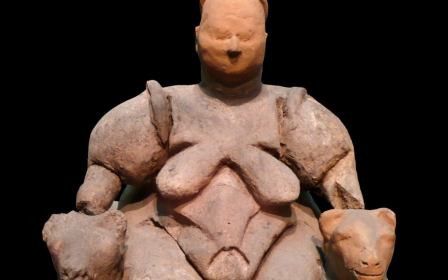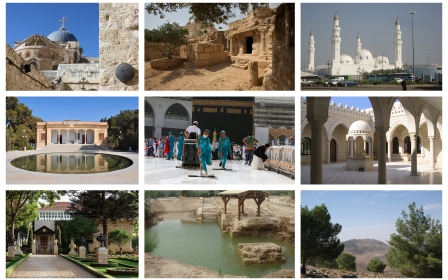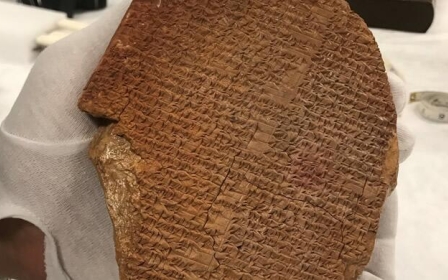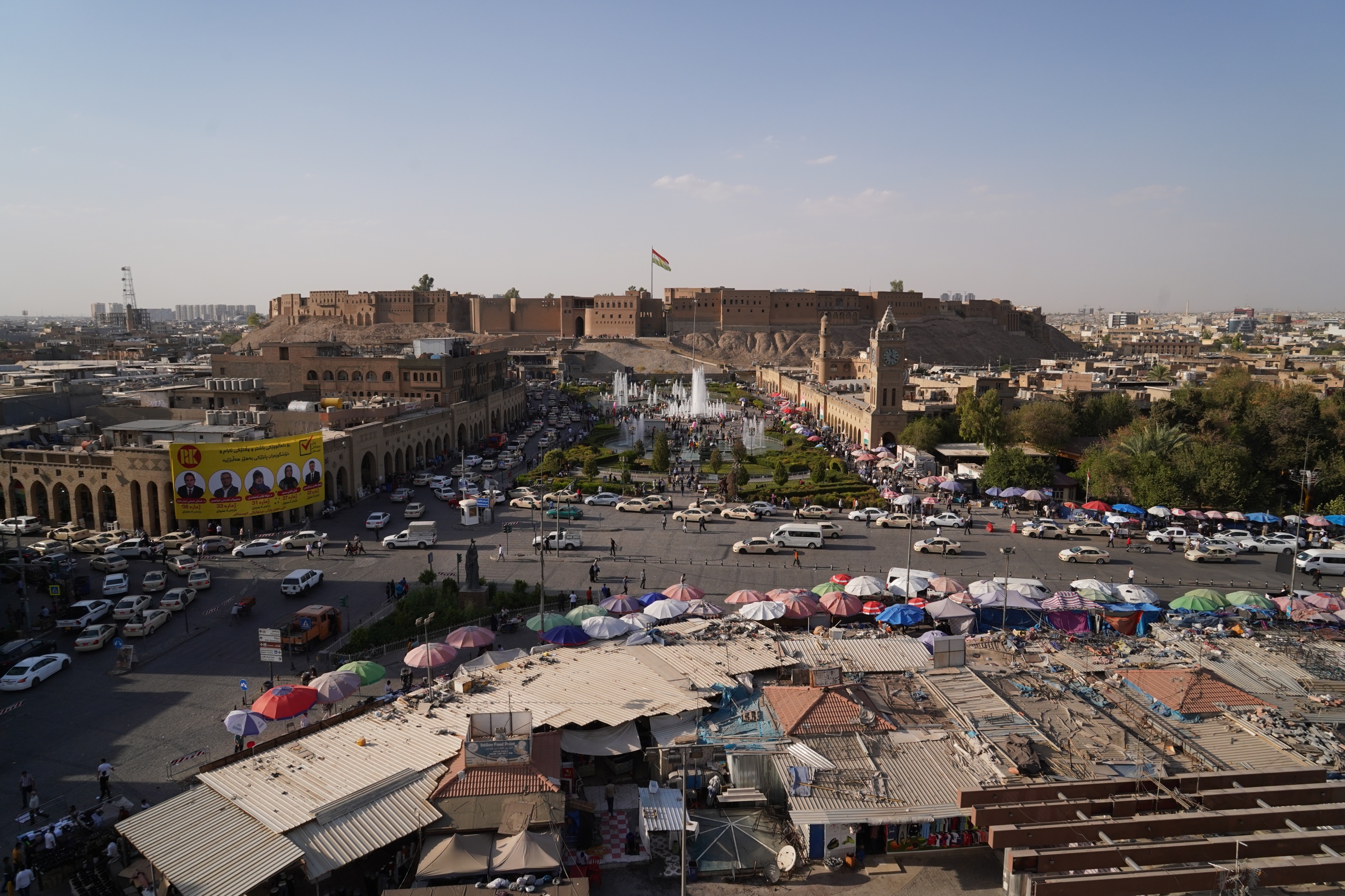
In pictures: Inside the Erbil Citadel, one of the world's oldest settlements

Situated in the heart of the modern city of Erbil in Iraq's Kurdistan, the Erbil Citadel is spread over 24 acres and reaches heights of around 100 feet. The area is said to be one of the oldest continuously inhabited sites in the world, with estimates dating the first foundations to around 6,000 years ago. The earliest mentions of something resembling the name of Erbil appear in Sumerian sources around 5,000 years ago, where it was known as Urbilum. The Akkadians, who spoke a Semitic language, referred to a place known as Arba-ilu, which meant 'four gods'. Today the area is an integral part of the modern city and home to a bustling array of museums, markets, and cultural landmarks. (All images: Ismael Adnan)
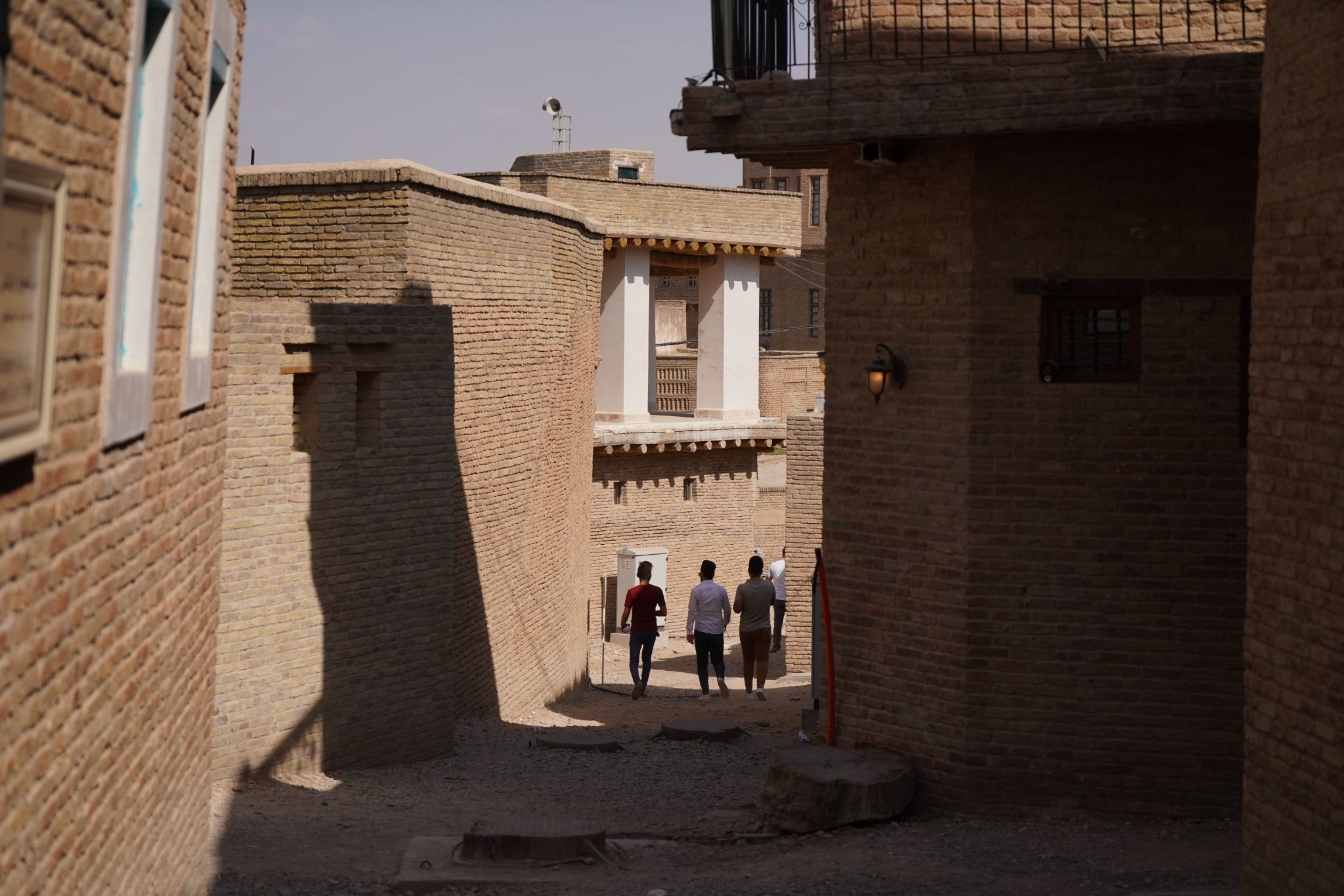
The fortified site, reinforced most recently by a 19th Century Ottoman wall, has been ruled by Sumerians, Akkadians, Assyrians, Sassanids, Mongols, Arabs, Kurds and Ottomans, among others. This ancient legacy is reflected in the design of the citadel's narrow winding alleys, which reflect a time before cars and mass transport.

Up until 2005, there were 490 family homes within the citadel. But as buildings crumbled, the families were relocated by the government to the city of Erbil proper, which has sprawled outside the 19th-century citadel's walls. One family chose to stay, which means that the citadel's distinction of being the oldest 'continuously occupied' settlement has remained valid.
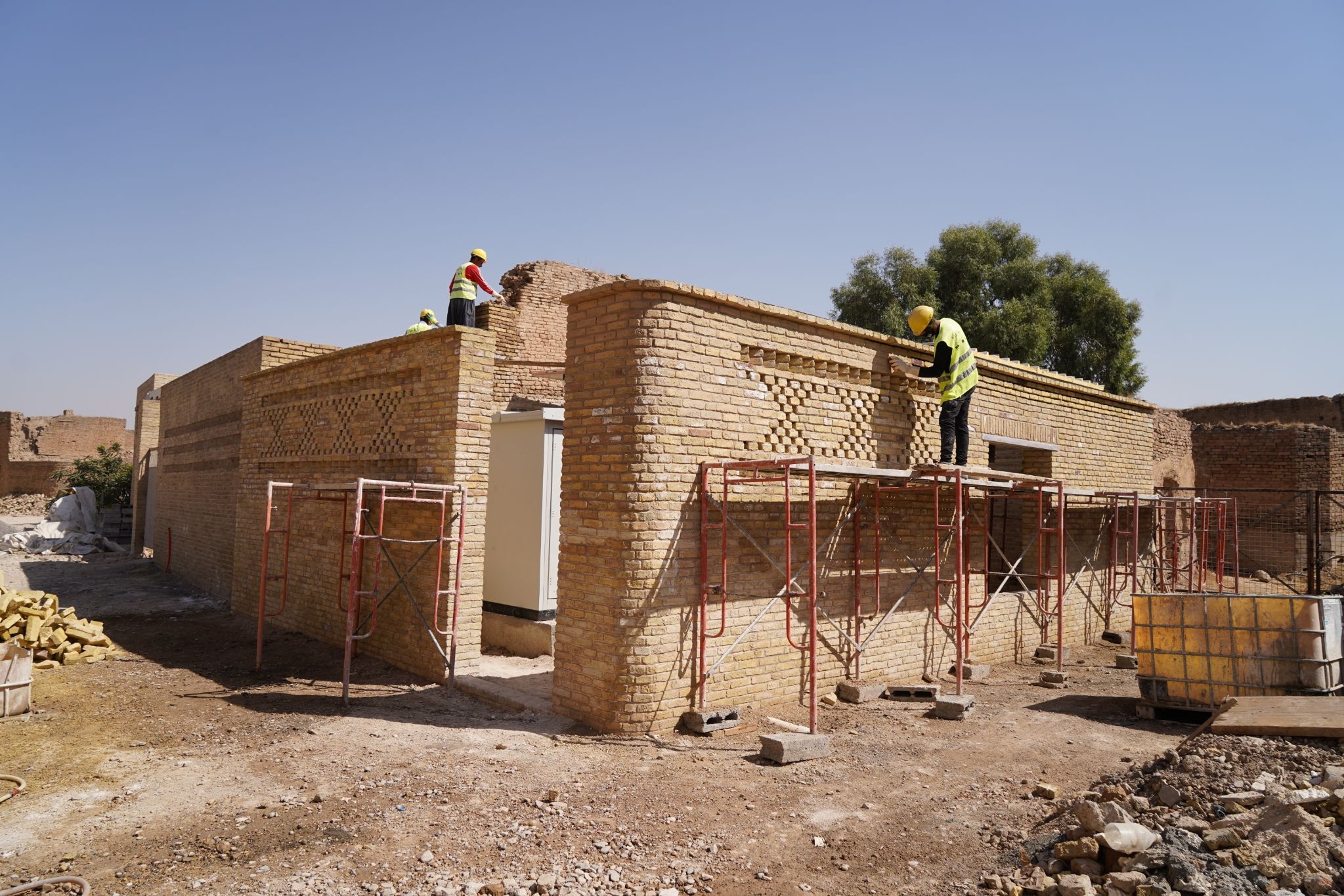
In 2010 the Kurdistan Regional Government, backed by Unesco, started an ongoing preservation project and the site was added to the UN agency's World Heritage List in 2014. In the picture above, workers repair old homes, while elsewhere officials are working on restoring basic amenities like electricity and water supply.
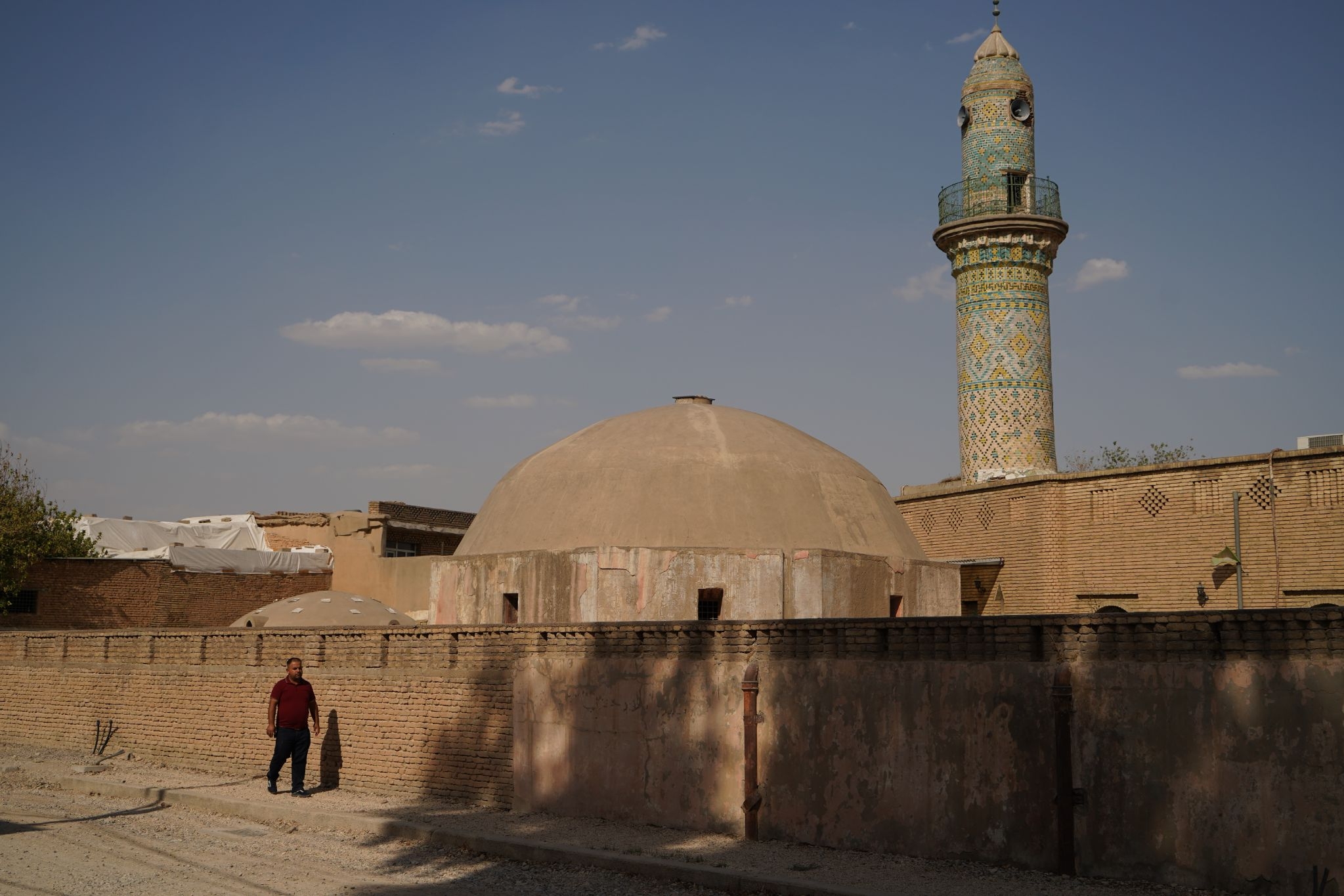
The Grand Mosque sits at the centre of the citadel and has undergone several restorations of its own. It is still used for communal Friday prayers, in which old residents of the citadel and those living in nearby neighbourhoods of Erbil participate.
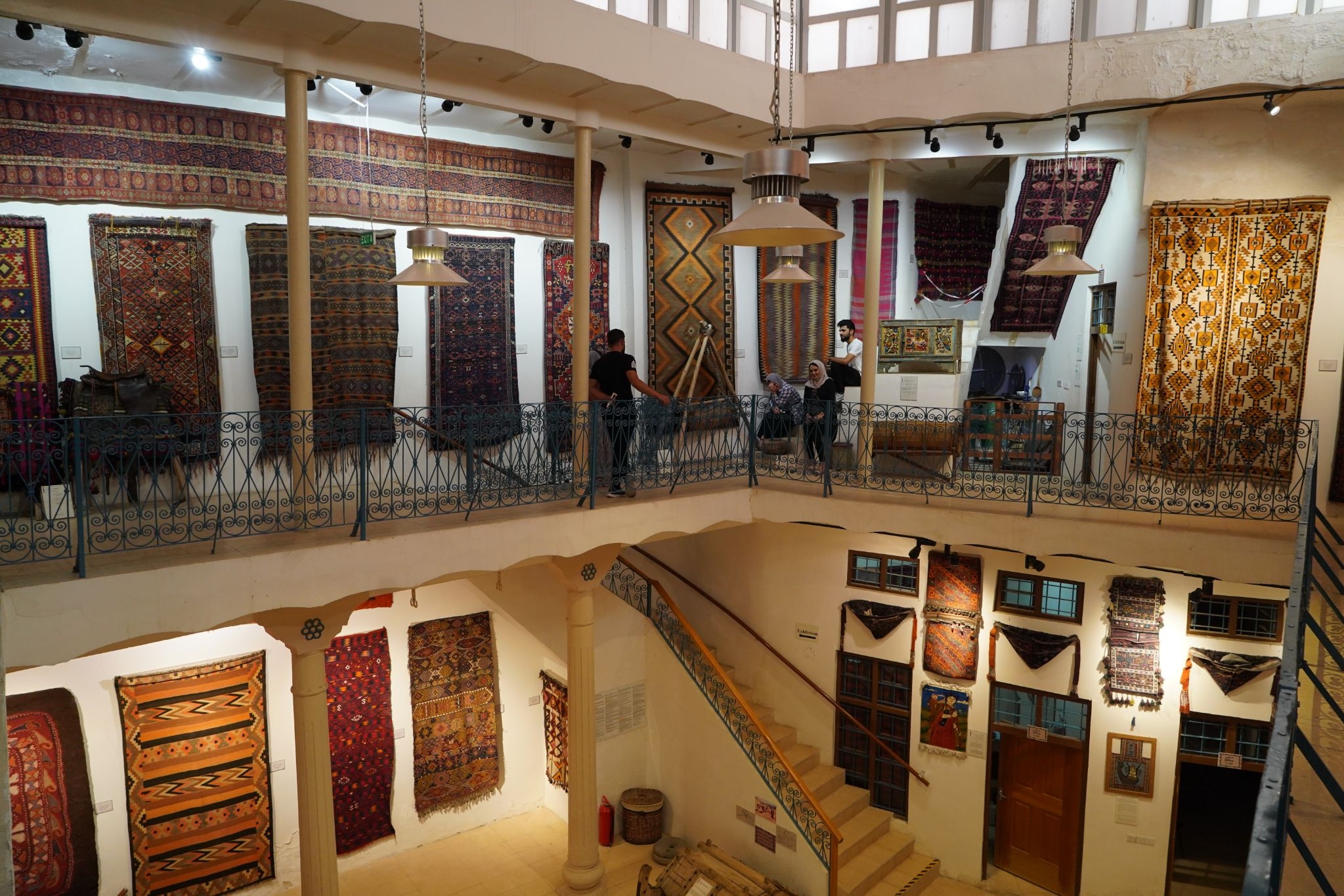
The 25-year-long renovation project aims to bring more tourists and locals to the area. Local authorities have invested in several museums, and have restored shops, market places and homes. The Kurdish Textile Museum, (seen above) showcases traditional fabrics and designs representing the tribes that once lived in the grounds of the fort.
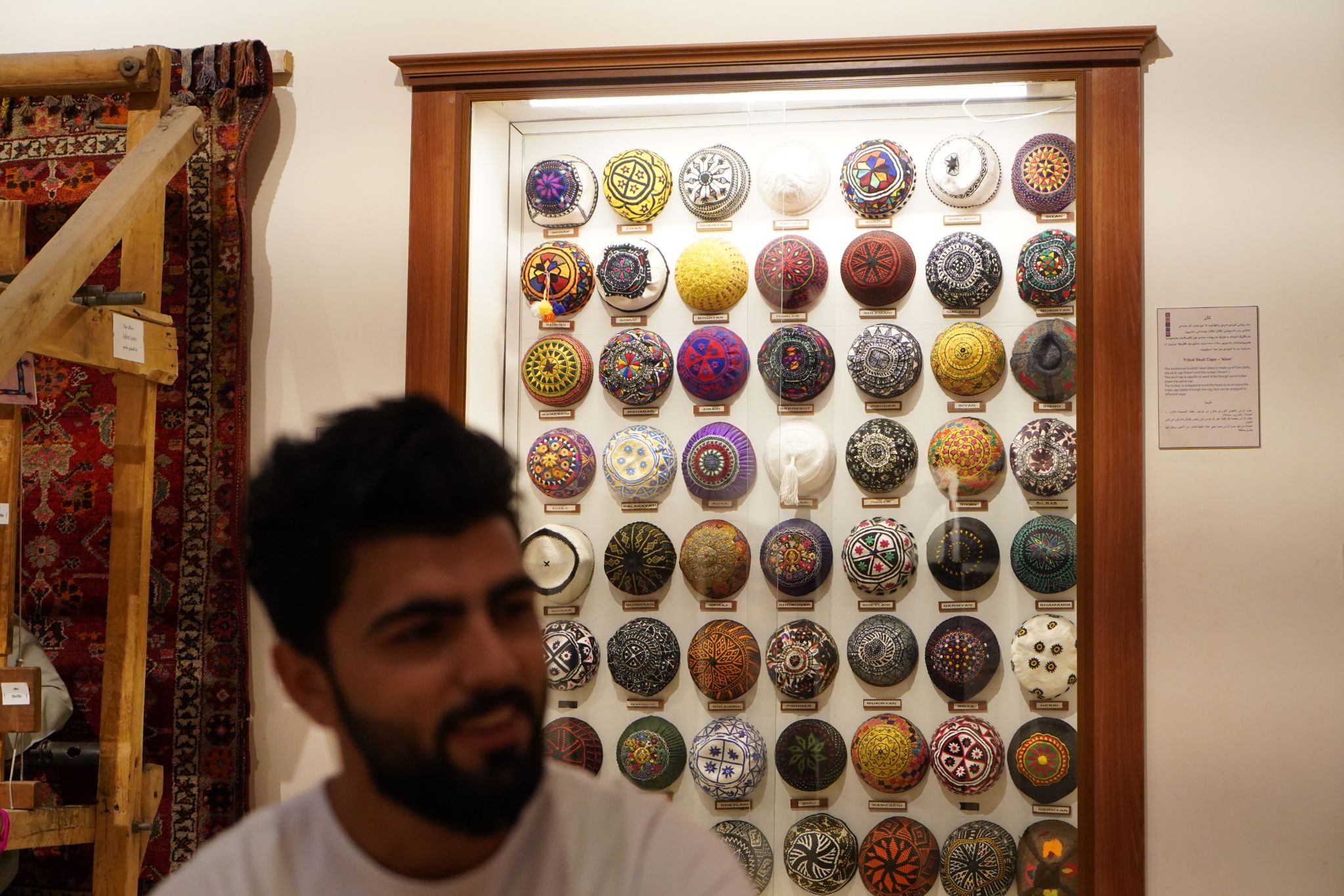
Kurdish hats with colourful and intricate designs are also on display at the museum. The city of Erbil is home to a diverse population of Kurds, Turkmen, Arabs, Assyrians and other minorities.
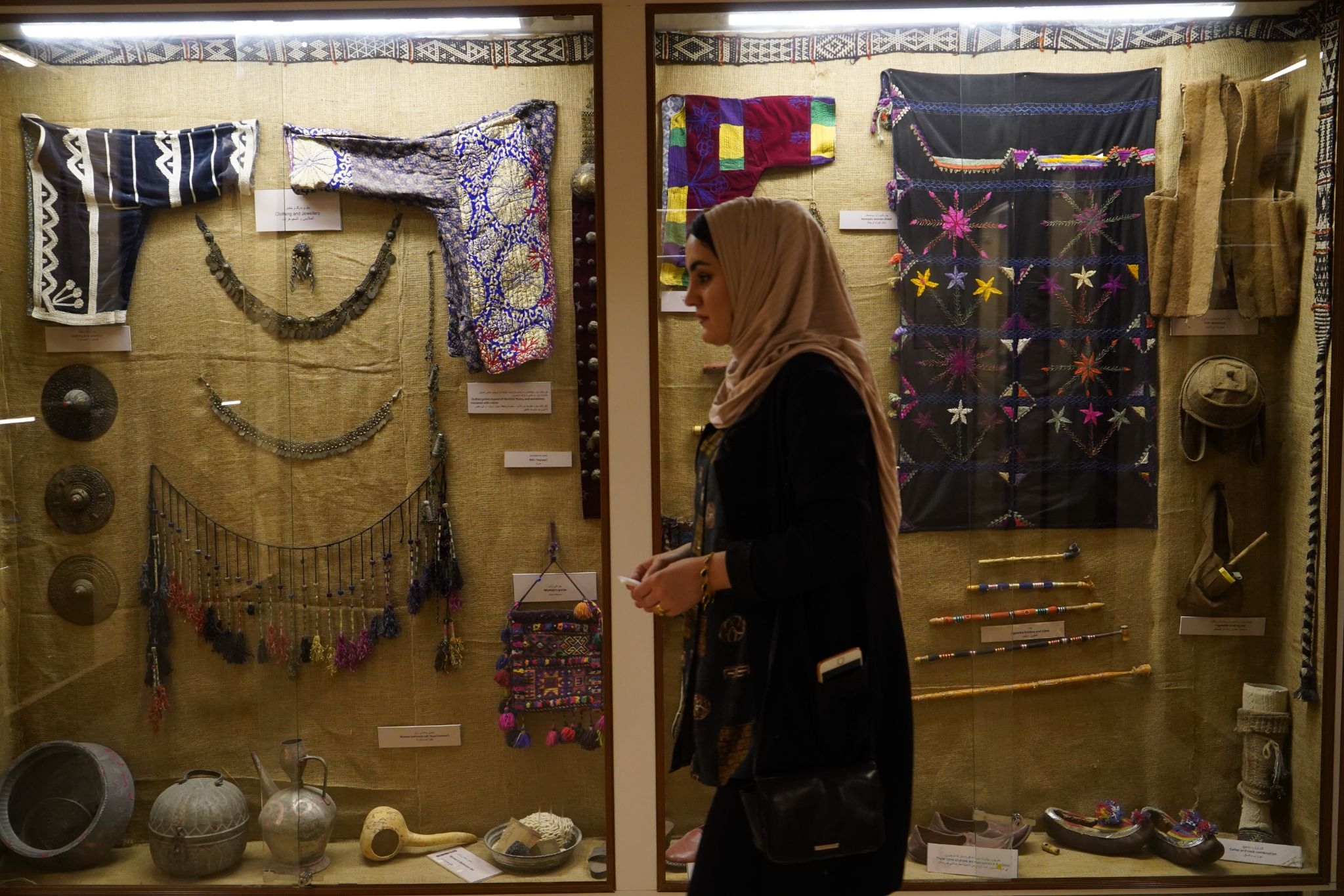
Traditional clothing belonging to Kurdish and Turkic tribes that once lived in the region can be viewed at the textile museum.
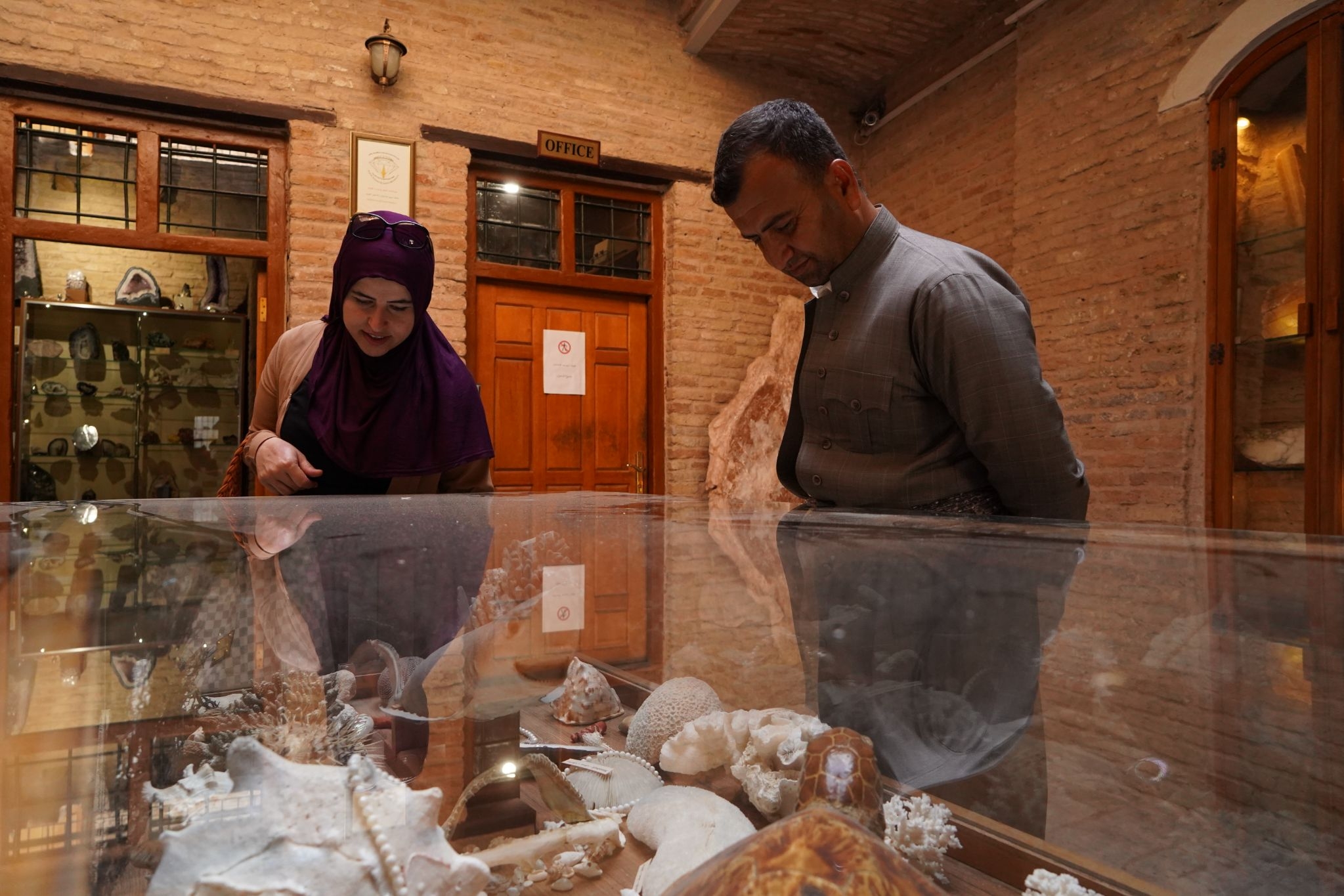
Another cultural attraction at the site is the Gem Museum, with a large collection of precious stones and fossils from Kurdistan and other parts of the world.

Outside the historic citadel walls is Erbil's Grand Bazaar, which was founded in the 13th century, selling souvenirs and local handicrafts to those who visit the world's oldest fort-like structure.
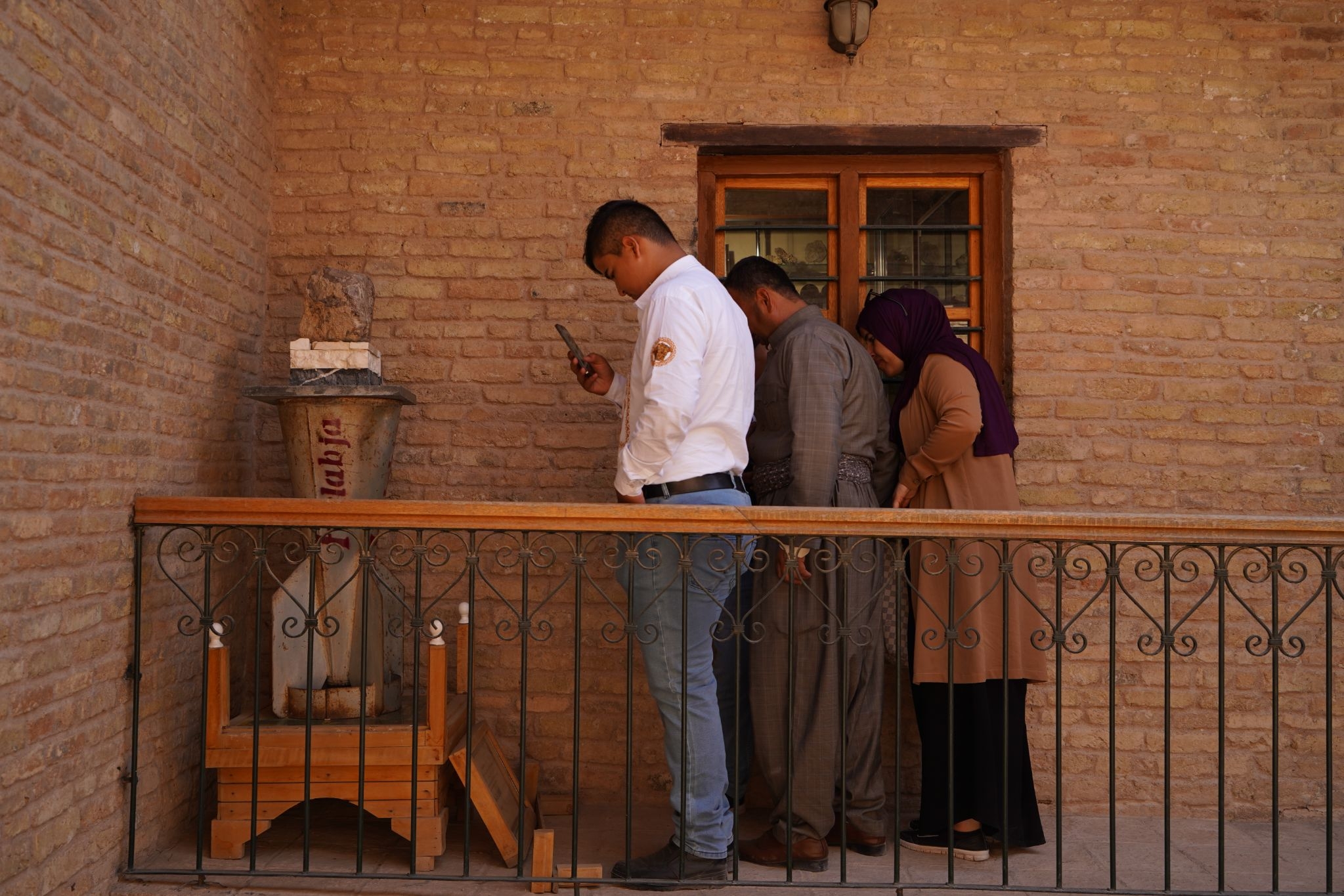
Also at the citadel is a memorial for those that lost their lives in the 1988 chemical attack on the Kurdish town of Halabja by the Iraqi army under the command of Baathist former President Saddam Hussein. Up to 5,000 people, the overwhelming majority of whom were civilians, were killed in the attack, with around 10,000 suffering injuries. Hussein's first cousin Ali Hassan al-Majid was found guilty of genocide by an Iraqi court after the US invasion of the country in 2003 and was executed in 2010.
This article is available in French on Middle East Eye French edition.
Middle East Eye delivers independent and unrivalled coverage and analysis of the Middle East, North Africa and beyond. To learn more about republishing this content and the associated fees, please fill out this form. More about MEE can be found here.


